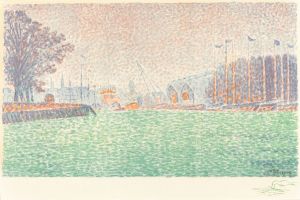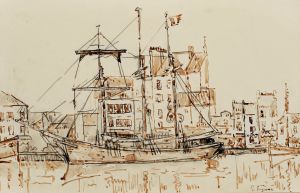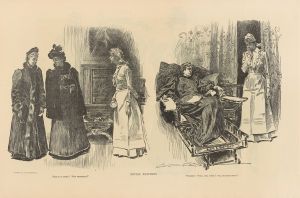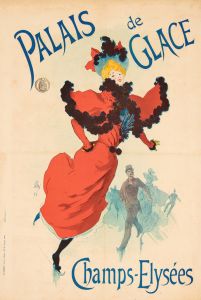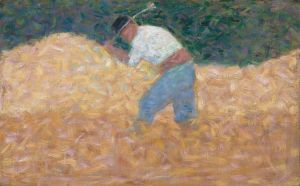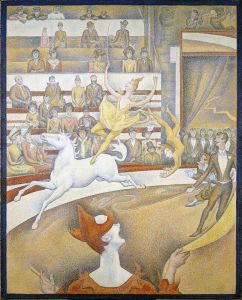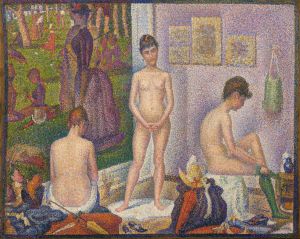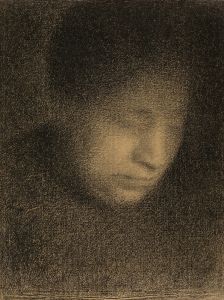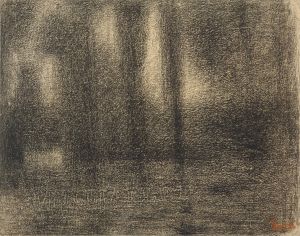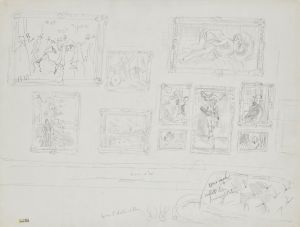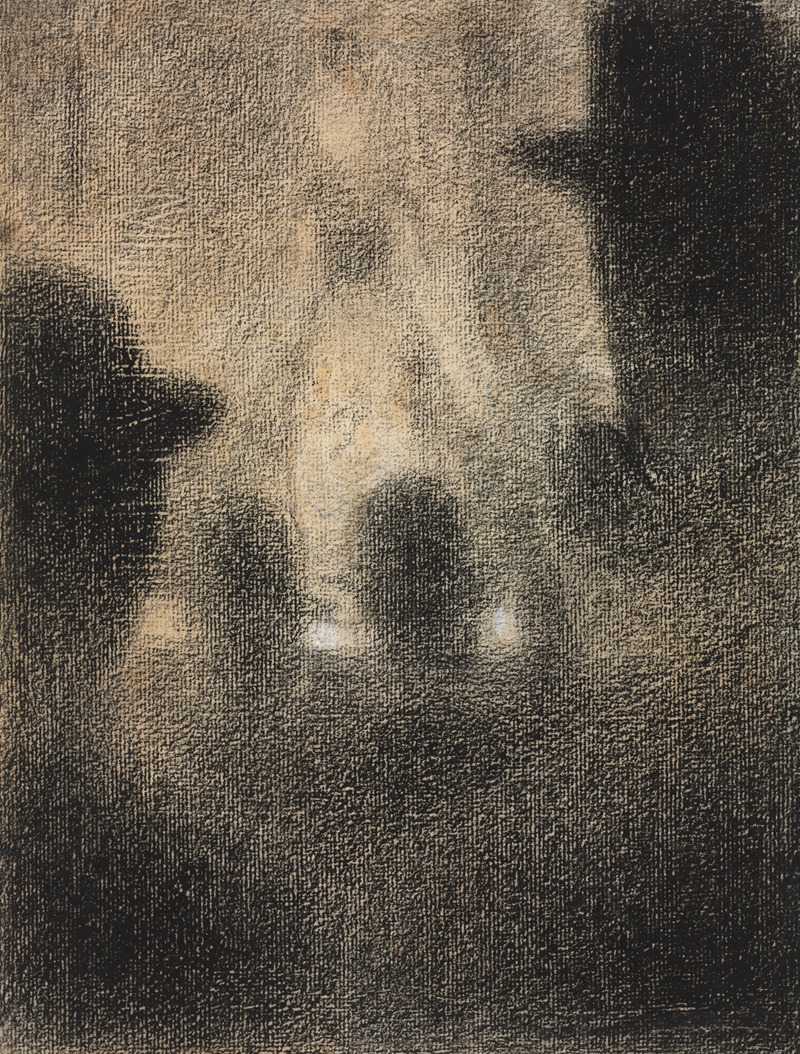
At the Concert Parisien
A hand-painted replica of Georges Seurat’s masterpiece At the Concert Parisien, meticulously crafted by professional artists to capture the true essence of the original. Each piece is created with museum-quality canvas and rare mineral pigments, carefully painted by experienced artists with delicate brushstrokes and rich, layered colors to perfectly recreate the texture of the original artwork. Unlike machine-printed reproductions, this hand-painted version brings the painting to life, infused with the artist’s emotions and skill in every stroke. Whether for personal collection or home decoration, it instantly elevates the artistic atmosphere of any space.
Georges Seurat, a pioneering French post-Impressionist artist, is renowned for his innovative use of color and technique, particularly through the development of pointillism. Among his notable works is "At the Concert Parisien," a painting that exemplifies his unique approach to capturing modern life and the vibrancy of Parisian culture during the late 19th century.
"At the Concert Parisien" was created during a period when Seurat was deeply engaged in exploring the effects of light and color. This painting is a testament to his meticulous technique, where he applied small, distinct dots of color to the canvas, allowing the viewer's eye to blend them at a distance. This method, known as pointillism or divisionism, was a significant departure from the traditional brushstroke techniques of the time and marked a new direction in the art world.
The painting depicts a scene from a concert in Paris, capturing the essence of the city's lively entertainment scene. Seurat's focus on urban life and leisure activities was a common theme in his work, reflecting the changing social dynamics of the era. The composition of "At the Concert Parisien" is carefully structured, with an emphasis on the interaction between the audience and performers, highlighting the communal experience of enjoying music and performance.
Seurat's use of color in this painting is particularly noteworthy. By placing complementary colors next to each other, he was able to create a vibrant and dynamic visual effect. This technique not only enhanced the luminosity of the painting but also conveyed the energy and excitement of the concert atmosphere. The careful arrangement of colors and the precision of the pointillist technique demonstrate Seurat's scientific approach to art, influenced by contemporary theories of optics and color perception.
The painting also reflects Seurat's interest in capturing the nuances of modern life. The depiction of the audience, with their varied expressions and postures, offers a glimpse into the diverse social fabric of Paris at the time. Seurat's attention to detail and his ability to convey the subtleties of human interaction contribute to the painting's enduring appeal.
"At the Concert Parisien" is part of Seurat's broader body of work that explores the intersection of art and science. His innovative techniques and his commitment to capturing the essence of modernity have left a lasting impact on the art world, influencing subsequent generations of artists. Seurat's work is celebrated for its technical precision, its vibrant use of color, and its insightful portrayal of contemporary life.
While "At the Concert Parisien" may not be as widely recognized as some of Seurat's other masterpieces, such as "A Sunday Afternoon on the Island of La Grande Jatte," it remains an important example of his artistic vision and his contribution to the development of modern art. Through this painting, Seurat invites viewers to experience the vibrancy of Parisian culture and the innovative spirit of the late 19th century.





